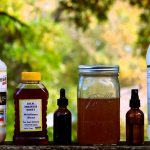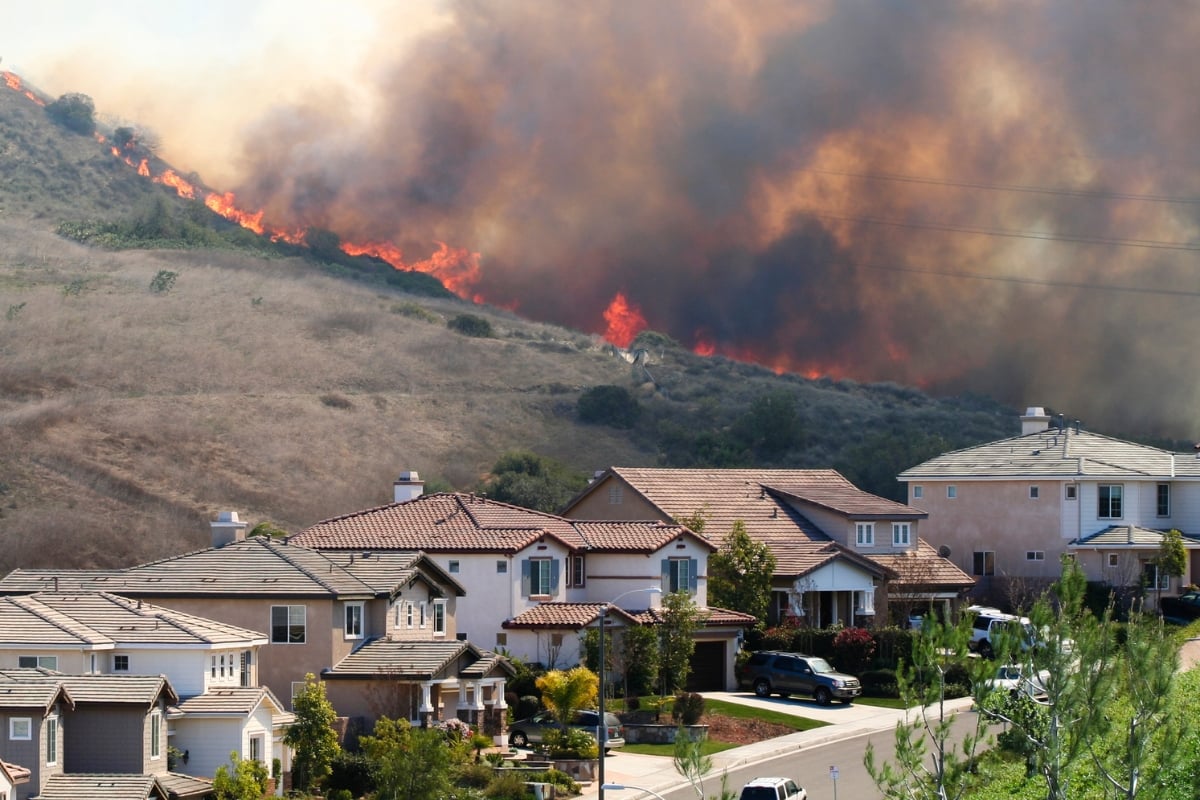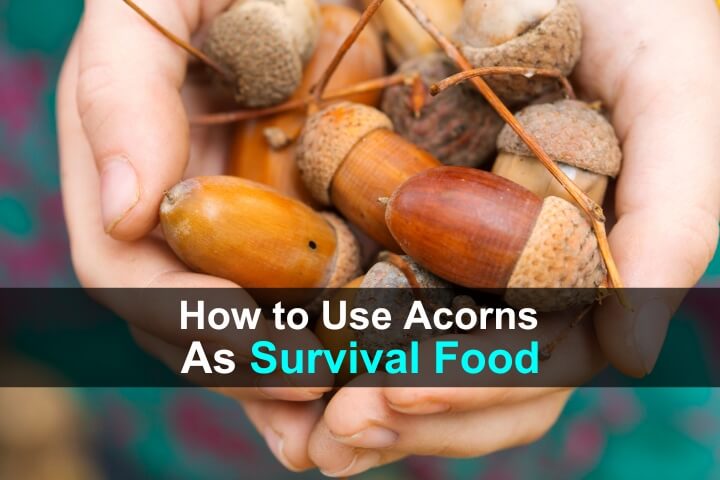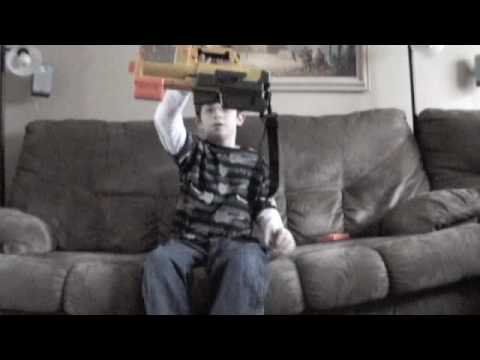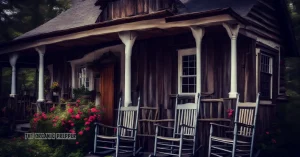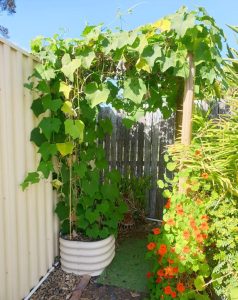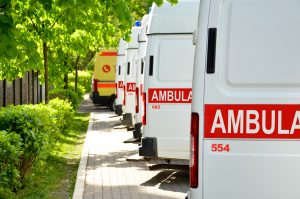Are you a homeowner in a fire-prone region? Wildfires can be terrifying, but understanding them and taking precautions can keep you and your family safe. This guide will explain how wildfires work, what puts your home at risk, and the specific actions you can take to protect your home against wildfires.

Some of the links in this post may contain affiliate links for your convenience. As an Amazon Associate, I may earn a small commission from qualifying purchases without any increase in price to you.
Wildfire preparedness is just one part of overall emergency planning. Remember to create a family emergency communication plan to ensure everyone knows how to reach each other during an evacuation. Familiarize yourself with both mandatory and voluntary evacuations and plan accordingly. Finally, if you have furry family members, remember to pack essential supplies for your pet in your evacuation kit. By now, you should also have signed up for smartphone alerts and emergency apps. Taking these steps now, you can face any wildfire with confidence, knowing you’ve done everything possible to keep your family and home safe.
The Growing Threat
As I drink my coffee this morning in sunny California, our state fire agency “Cal FIRE” notes 18 large wildfires statewide, and tens of smaller fires that generally are handled by local fire departments. Some have required residents to flee wind-driven flames, and this early in the fire season have already caused injuries and deaths. While a number of these fires have some connection to July 4th fireworks, we know from experience that lightning, vehicle activity, and poorly-tended open fires will continue to fuel what’s expected to be a significant fire season in light of the drought-busting rain we received during the winter.
What is a wildfire?
Wildfire (also called “wildland fire” or “wildland-urban interface fire”) is a natural process that periodically renews forest and semi-arid landscapes, and allows certain plant species to propagate. When allowed to naturally occur, these fires thin seedlings in forests, and burn cool enough to be a positive force on flora and fauna.
What is the human impact on wildfire?
Enter mankind, and our predilection for building communities on the very edge of beautiful natural environments. Suddenly, the fires which are part of the wild environment are now a threat to our homes, and therefore due to public demands must be suppressed at all costs. Decades of development in historically fire-prone areas and routine suppression of all wildfires has resulted in artificial concentrations of highly-flammable vegetation in many areas which kick up the intensity of normal fires into what we call “firestorms.”
What are firestorms?
Firestorms are characterized by rapid spread, total consumption of natural and man-made fuels, and difficulty of control. Often wind-driven, firestorms can propel burning embers 5 miles or more in advance of the flame front, creating spot fires in vegetation and igniting vulnerable structures including homes. Firefighters facing advancing fire are forced to do “structure triage,” an assessment of an individual building’s ability to be reasonably defended.
Components of structure triage include whether “defensible space,” a significant clear space between vegetation and the structure, is sufficient; if the roof is of non-combustible materials such as shingle or tile; if there is a water source such as a hydrant, pool or pond available to feed hose lines; and if the firefighters have a viable exit route should they need to evacuate. Other factors can include whether terrain is in the favor of the fire or the defenders, the proximity of combustible materials like firewood to the building, and weather conditions such as intense wind or thunderstorms.
How to Harden the Target: Protecting Your Home
Proactive Measures
The good news is that many of the risks to structures can be addressed well in advance of a fire. Take advantage of any programs offered by your local fire department. Even the smallest volunteer fire departments welcome the interest of residents who want to make the firefighters’ job easier.
A walk around your property with an experienced firefighter in exchange for cold lemonade is well worth the time. Trim some brush here, add smaller mesh attic vent covers there, and you see the benefit of a customized risk assessment and a fire crew who knows your property. Here is an example of a wildfire prevention program offered by the Orange County (California) Fire Authority.
Awareness
OK, so we’ve addressed the issues affecting your home. Now we have to talk about the safety of your family home.
Factors Affecting Fire Risks
The odds are in your favor that you will have some warning of an increased risk of wildfire. The biggest influences on wildfire risk are:
- “Fuel moisture,” a measure of how dry vegetation is based on seasonal weather influences.
- Wind, which can fan a small fire into a large one and quickly expand the fire perimeter.
- The fuels themselves, ranging from light grasses to oily brush (chaparral) to forest. The terrain in which the fire forms is also a significant influence.
Certain combinations of these characteristics can trigger wildfire warnings from fire agencies and weather forecasters.
Definitions of Fire Weather Conditions
The National Weather Service (NWS) has invested a lot of effort in what are called “Fire Weather” products. Since weather aspects such as humidity, wind, and lightning all have important influence on wildfire, it’s important that you are in tune with these items if you are in an area vulnerable to wildfire:
- Fire Weather Watch: “A Fire Weather Watch means that critical fire weather conditions may occur. Listen for later forecasts and possible Red Flag Warnings.”
- Red Flag Fire Warning: “A Red Flag Warning means that critical fire weather conditions are either occurring now…or will shortly. These conditions will contribute to extreme fire behavior.”
Fire Weather Outlook
The Fire Weather Outlooks for up to a week in advance can be found here. The NWS doesn’t provide personalized alerts to the general public, but there are a variety of private sources that use NWS information to give you fire weather alerts. Local newscasts often include NWS Watches and Warnings in their local weather forecasts.

Importance of Local Communications
Your awareness of weather that increases the risk of a wildfire in your area is very important to keeping your family safe. What is your child’s school’s plan for sheltering or evacuating in the event of a wildfire? Will they bus them elsewhere or call you to pick them up early? Are they monitoring Fire Weather warnings? These are all are valid questions for the Principal.
Wildfire Preparedness Tips
Here are some advanced tips to take your wildfire preparedness to the next level:
- Roof Sprinklers: Consider installing a roof sprinkler system. While an investment, it can automatically douse your roof with water during a fire, creating a critical fire barrier.
- Fireproof Vents: Standard vents can become entry points for embers. Upgrade to ember-resistant vent covers to minimize this risk.
- Fire-Resistant Landscaping: Replace flammable plants with fire-resistant alternatives. Consider creating a “fuel break” zone with gravel or low-growing, fire-resistant vegetation around your property perimeter.
- Fire Shutters: Invest in fire shutters for your windows. These metal coverings can significantly slow the spread of fire into your home.
- Local Expertise: Consult with a fire mitigation specialist familiar with your specific area’s wildfire risks. They can offer customized recommendations for your property.
FAQ
Wildfires can threaten your home in several ways:
Direct flames can engulf your property.
Windblown embers can travel long distances and ignite flammable materials near your house.
Radiant heat from a nearby fire can damage your roof and siding.
Smoke inhalation is a serious health risk during wildfires. Here are some ways to protect yourself:
Stay indoors if possible: Close windows and doors to keep smoke out. If you have an air purifier, use it with the recirculation setting on.
Wear a mask: An N95 respirator is most effective, but a well-fitting dust mask can also provide some protection.
Limit outdoor activity: Avoid strenuous exercise outdoors when air quality is poor due to smoke.
Even small changes can make a big difference. Start by clearing flammable materials closest to your house and focus on creating defensible space. Many fire departments offer free or low-cost home assessments to help you prioritize improvements.
Related Wildfire Preparedness Content

Final Thoughts
By now you’ve learned how wildfires behave, how they threaten your home, and what concrete actions you can take to safeguard your property and stay informed. Remember that no one is immune from disaster. The time and effort invested now will bring peace of mind and keep you and your loved ones safe when wildfires strike.



